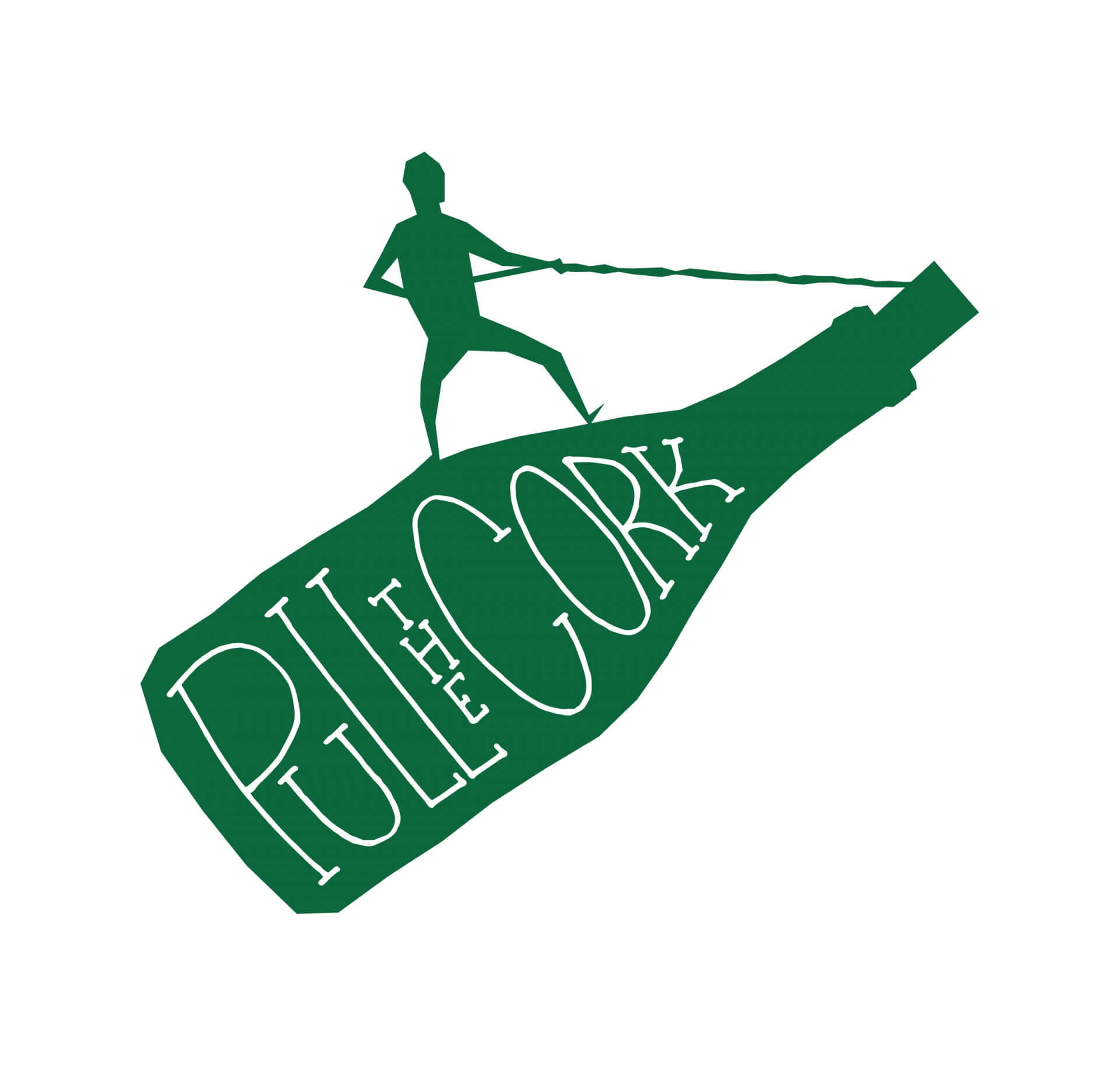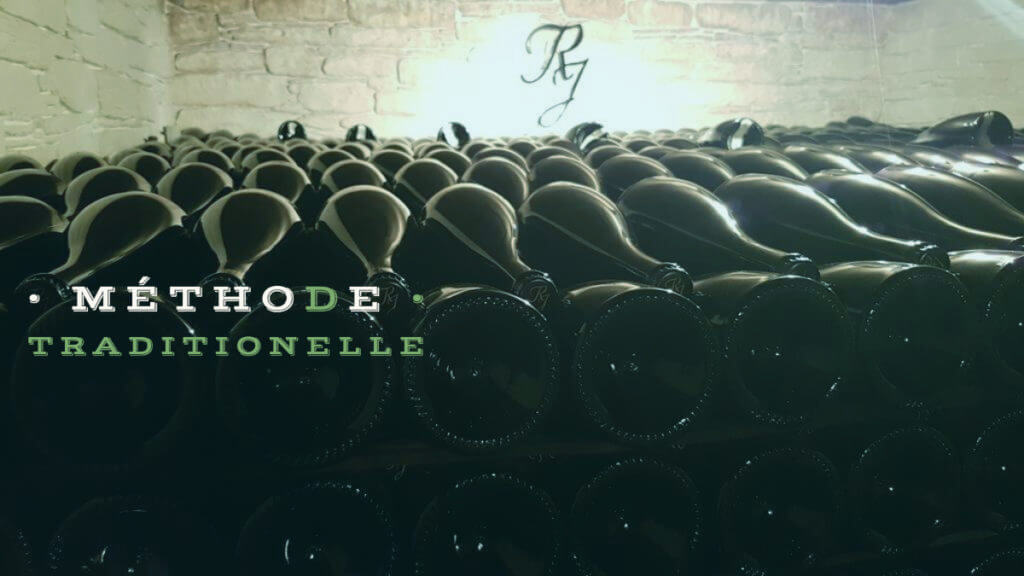Organic Champagne, Sustainable Winemaking
The Méthode Traditionelle And Organic Champagne
If you’ve ever heard the term Méthode Traditionelle and wondered what it means, you aren’t alone. It’s not a phrase heard regularly in common parlance, instead, it’s a wine word associated with the process developed in the Champagne region of France, to produce bottle-fermented sparkling wines.
While the phrase Méthode Traditionelle (or the Traditional Method) is typically associated with the way in which champagne is made, it is not limited solely to producing just champagne.
The Traditional Method is used throughout the winemaking world to produce Cava in Spain (método Tradicional), Espumante in Portugal, Franciacorta in Italy (Metodo Classico or Metodo tradizionale).
The term Méthode Champenoise, on the other hand, is the phrase that wine producers in Champagne have successfully managed to restrict the use of, to refer only to the way in which sparkling wine in Champagne is made.
But what is the Traditional Method and why is it so important in making sparkling wine?
Méthode Traditionnelle and Organic Champagne
According to those in the know, if you want to avoid a champagne headache, you need to drink sparkling wine with the smallest bubbles. And the only way to guarantee teeny tiny bubbles is to make sparkling wine using the Traditional Method.
Because it’s the ultra-fine bubbles in your sparkling wine, made using the Méthode Traditionelle, as opposed to the larger bubbles produced using other sparkling wine methods, that give you that refined drinking experience.
So why aren’t all sparkling wines produced using the Méthode Traditionelle? Well, simply because this method of wine production is incredibly labour intensive, however, the end product is definitely worth it.
Méthode Traditionelle = Handmade Champagne
For a sparkling wine to be made using the Méthode Traditionelle, the grapes are hand-harvested, each bunch being carefully examined in situ where they’re picked to ensure they don’t have any rotten or under-ripe grapes hidden in their midst. These bunches are then packed into baskets and pressed to extract the grape juice. To this grape juice is then added specially cultivated champagne yeasts (unless you’re producing natural sparkling wine).
Grapes from a single vineyard can be made into sparkling wine, or grapes from different vineyards can be brought together and blended to make a unique sparkling wine – the latter being called Cuvee.
Sparkling wines and champagne, both organic and non-organic, biodynamic and natural, can all be produced using the Méthode Traditionelle.
The fermented grape juice is then mixed with sugar and bottled – each bottle closed with a crown cap. Once filled and capped, each bottle is laid to rest on its side in special wine racks for a second fermentation.
Read more about sugar in wine. You can also find out more about calories in a bottle of wine.
It’s during this second fermentation that the ultra-fine bubbles are produced – the CO2 released during the fermentation can’t escape because of the bottle cap and is thus dissolved back into the wine.
During the second fermentation, the bottles are twisted and shaken to work any sediment loose, and each bottle is gradually angled downwards until they’re fully upside down. Once all of the yeast sediment is captured and compacted in the bottleneck, the necks are frozen, the lid is removed and the frozen sediment is extracted quickly. The bottle is then topped back up with more wine and the cap is replaced with a cork.
Learn more about sulphite free wine and low histamine wine.
Where to find Organic Champagne?
But the search for organic champagne can be a tiresome one, what with the Association des Champagnes Biologiques stating that only 600 out of the 33,000 hectares of the grape growing country in champagne have been certified organic (or they’re in the process of becoming organic). This equates to approximately 150 Champagne houses.
Which is nothing at all, when you consider the volume of champagne that leaves the region annually.
The reason for this lack of organic certification? Besides the expense and bureaucratic nature of the organic certification process, Champagne is one of the most notoriously difficult regions for ripening grapes due to its climate. Being so far north, getting the grapes to ripen to produce such fine bubbles can be a very real struggle – with frost common in spring and hail known in the summer. That and the cost of maintaining a vineyard in Champagne is astronomical, meaning organic champagne producers tend to focus on producing lower yields of higher quality produce.
But that’s not to say that many more producers in the region aren’t practising organic methods to produce their champagne, they just aren’t certified organic.
Interested to try out more sparkling kind of wines? Be sure to check out Col Fondo and Pet Nat.
Have you tried Champagne René Jolly?
Take Champagne René Jolly for example. René Jolly is a family-owned business, producing incredible champagne since 1737 in Landreville, Côte des Bar, Champagne. They are a fully independent Champagne house – they don’t buy in any other grapes or use anyone else’s wine, they rely solely on their own harvest to make their own champagne. And René Jolly are practising organic, not certified organic (although they are certificate HVE, meaning High Value for the Environment).
They have two presses, one traditional dating from 1972 and a newer (automatic) one acquired in 2001. They ferment their grapes on-site using malolactic fermentation in small vats. They don’t use chemical fertiliser, they hand check the leaves and grapes twice a week during the grape growing season, and their passion for producing organic champagne is driven by their desire for sustainability, not profit, resulting in them producing a mere 35,000 bottles a year from their 11 hectares of land.
And the result? Totally worth it – a vegan friendly wine – low sulphur elegant champagne – mature and balanced with a long, gorgeous finish.
Cheers!
Before you go…
Grab our wine subscription to discover our artisan natural and organic wines and get special offers.

